Homologous recombination promotes non-immunogenic mitotic cell death upon DNA damage
- PMID: 39805921
- PMCID: PMC11735404
- DOI: 10.1038/s41556-024-01557-x
Homologous recombination promotes non-immunogenic mitotic cell death upon DNA damage
Abstract
Double-strand breaks (DSBs) can initiate mitotic catastrophe, a complex oncosuppressive phenomenon characterized by cell death during or after cell division. Here we unveil how cell cycle-regulated DSB repair guides disparate cell death outcomes through single-cell analysis of extended live imaging. Following DSB induction in S or G2, passage of unresolved homologous recombination intermediates into mitosis promotes non-immunogenic intrinsic apoptosis in the immediate attempt at cell division. Conversely, non-homologous end joining, microhomology-mediated end joining and single-strand annealing cooperate to enable damaged G1 cells to complete the first cell cycle with an aberrant cell division at the cost of delayed extrinsic lethality and interferon production. Targeting non-homologous end joining, microhomology-mediated end joining or single-strand annealing promotes mitotic death, while suppressing mitotic death enhances interferon production. Together the data indicate that a temporal repair hierarchy, coupled with cumulative DSB load, serves as a reliable predictor of mitotic catastrophe outcomes following genome damage. In this pathway, homologous recombination suppresses interferon production by promoting mitotic lethality.
© 2025. The Author(s).
Conflict of interest statement
Competing interests: H.A.P. is the co-founder and shareholder of Tessellate Bio. H.E.G. received an AstraZeneca honorarium unrelated to this research. The other authors declare no competing interests.
Figures
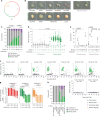
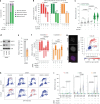
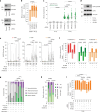

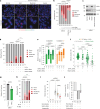
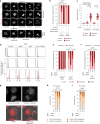
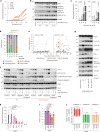

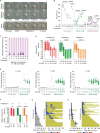
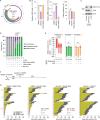
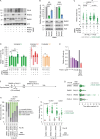
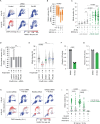
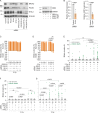

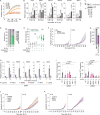
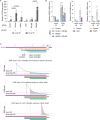
References
-
- Vitale, I., Galluzzi, L., Castedo, M. & Kroemer, G. Mitotic catastrophe: a mechanism for avoiding genomic instability. Nat. Rev. Mol. Cell Biol.12, 385–392 (2011). - PubMed
MeSH terms
Grants and funding
LinkOut - more resources
Full Text Sources
Research Materials

